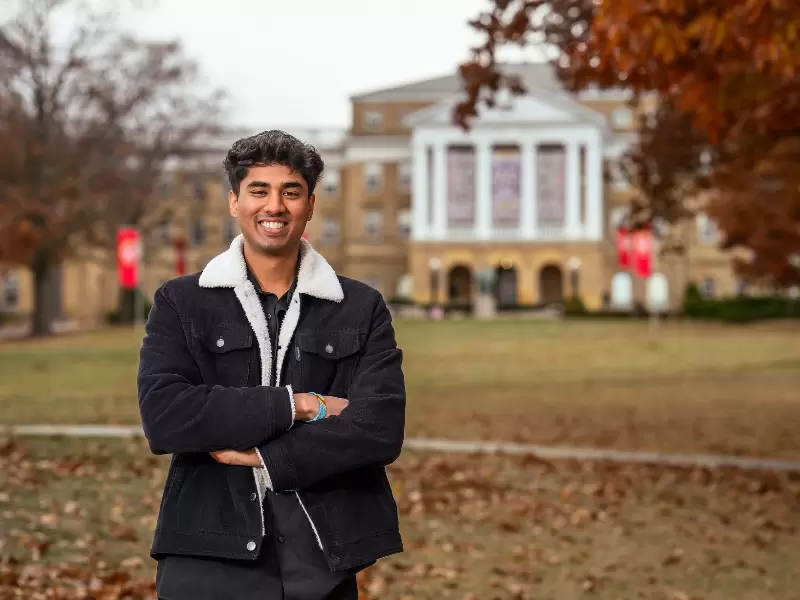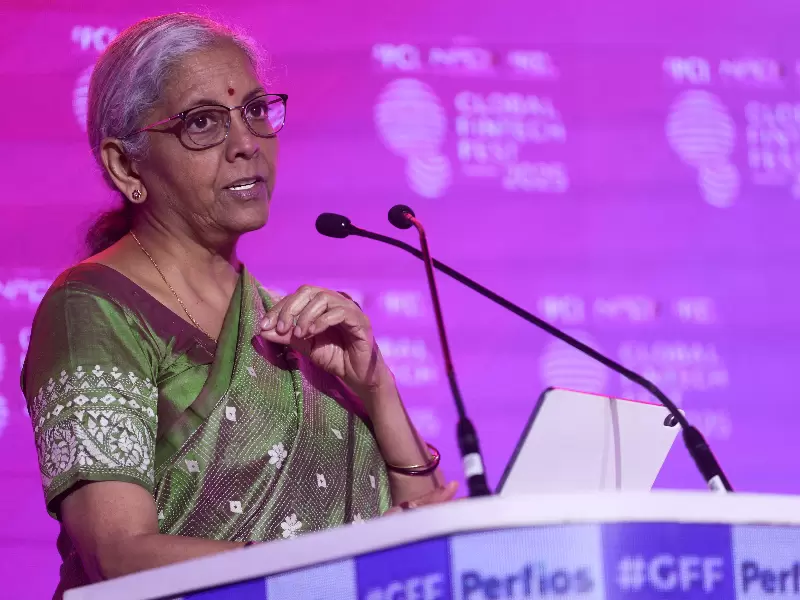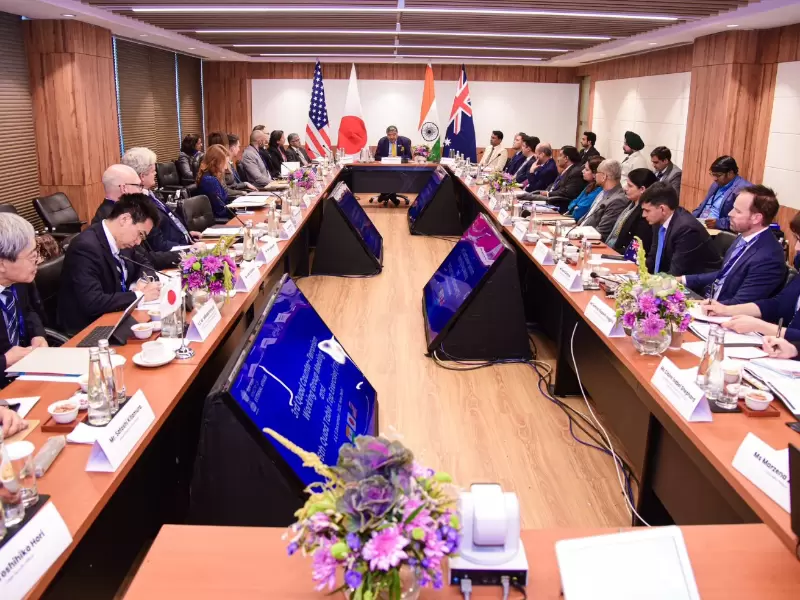Fine tuning portals of education
Annually it is estimated that foreign students pump in a whopping US$ 38 billions to the American economy, not a small sum to be laughed away as pocket change.

It is not big surprise that the United States continues to be a leader in higher education taking in more than one million foreign students every year, the top of the list being from China and India. The rush to America is not surprising for it is still seen globally as placing a premium in under-graduate and graduate studies in both public and private institutions.
The fact that six percent of the entire student population is from overseas speaks volumes of the country’s accent on excellence that others can only be envious of. Annually it is estimated that foreign students pump in a whopping US$ 38 billions to the American economy, not a small sum to be laughed away as pocket change.
It is not that the United States does not face challenge in the realm of recruiting students; and the competition is not just from centers of excellence in Europe and North America. Australia, New Zealand and increasingly countries like Singapore and Taiwan have started giving the west a run for their money when it comes to absorbing foreign students, especially in the fields of science and hi-tech.
Proximity coupled with relatively less expensive tuition fee structures have made centers in the Asia Pacific educationally attractive. Gone are the days when a student from India pursued a foreign degree only for the Masters or the Ph.D. Today even graduating high school students are keen on pursuing the next degrees overseas. And competition within global institutes for the best and the brightest has become quite intense.
It is one thing for a country like India to look at departing young minds as brain drain as for the most part only a small percentage can be expected to return upon completion of studies. But every now and then there is also a reflection on why a country that was at one time known and seen as a knowledge hub is no longer a pre-eminent force in this domain.
It is estimated that there are some 1000 universities and close to 50,000 colleges in India, not to speak of all those clusters of excellence. Still, not more than a handful make it to the international ratings. Numbers crunching and ticking off the right boxes are not a sufficient qualification, but in a determination to look at education in a holistic perspective.
Many times there has also been the tendency to look at excellence as something that drops from the heaven. In the last several years there has been a lot of focus, and rightfully so, on opening the doors of higher education to all those disadvantaged and not-so-privileged. Still there seems to an inadequate focus on the glaring gaps in the stages of learning.
For India to re-establish itself as a knowledge power house, the imperative has to be on a good foundation at the K-12 levels; here again, the primary attention must be on government-run schools. Many developed countries, the United States for example, take pride in their public schools that eventually provide the high quality students universities are looking for. Building on a solid foundation is the only way to go about.
ADVERTISEMENT
ADVERTISEMENT
E Paper
Video



1744365251.png) Editorial Board
Editorial Board












Comments
Start the conversation
Become a member of New India Abroad to start commenting.
Sign Up Now
Already have an account? Login